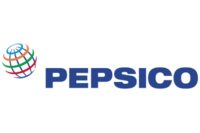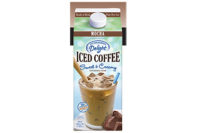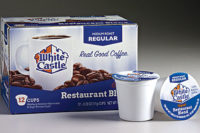2012 State of the Industry: Coffee & RTD Coffee




Approximately 79 percent of adults in the United States drank coffee in the last two years, according to Chicago-based Mintel’s October 2011 Coffee report. However, 48 percent of coffee drinkers surveyed said they drank more coffee at home and less away from home in 2011 than they did the year before — a trend that Mintel predicted will continue to drive retail coffee sales through 2012.
Increases in commodity prices, including coffee beans and transportation costs, coupled with a growing demand for coffee in emerging markets such as India and China, created price speculation, which caused some coffee brands to raise retail prices. The market has seen some recent stabilization and last year, J.M. Smucker Co., Orrville, Ohio, and Kraft Foods Inc., Northfield, Ill., both announced price decreases for their retail coffee brands. Kraft Foods also rolled out premium coffee brand Gevalia to retailers in January.
Also in January, Seattle-based Starbucks introduced its Blonde Roast, which was developed in response to the company’s research that more than 40 percent of U.S. coffee drinkers prefer a lighter roast coffee, the company said. The new light coffee variety also provided an opportunity for the company to introduce a roast stratification system that reorganized its coffee varieties into Light, Medium and Dark roast spectrums. Starbucks subsidiary Seattle’s Best Coffee rolled out its roast-organized Level System in early 2011.
Fitting into the at-home trend, the single-cup coffee market continued its expansion this year. Green Mountain Coffee Roasters (GMCR), Waterbury, Vt., dominates the market niche with its Keurig brewing system and K-Cup portion packs.
“Keurig K-Cups are the hottest story this year in coffee,” Ty Law, U.S. research analyst for Euromonitor International, Chicago, told Beverage Industry in its December issue. “Keurig single-serve machines have been accepted by a wide variety of consumers due to the range of coffees you can get in the K-Cup format. While consumers are fairly brand loyal, they do enjoy flexibility. By buying the Keurig machine, you are not being locked into a particular brand or type of coffee.”
Chicago-based market research firm SymphonyIRI Group reports that the ready-to-drink (RTD) cappuccino and iced coffee segment grew 12 percent for $917 million in sales in U.S. supermarkets, drug, gas, convenience and mass merchandise retailers, excluding Walmart, club and liquor stores, for the 52 weeks ending April 15.
In its Coffee report, Mintel attributes RTD coffee’s performance, which is projected to continue to grow, to the demand for sweet drinks among young adults and the introduction of coffee-and-energy-drink combinations that also appeal to younger consumers.
Among the RTD category’s fastest growing brands were Seattle’s Best iced canned lattes, which are offered through the Starbucks-PepsiCo collaboration, the North American Coffee Partnership, and Illy Issimo, which is produced and marketed through a joint venture between Atlanta-based The Coca-Cola Co. and Italian company Illycaffe. Seattle’s Best RTD latte was made available nationally and posted $21.2 million in sales in measured channels during the 52 weeks ending April 15, according
to SymphonyIRI data. Illy Issimo also is making headway with triple-digit growth and a total of nearly $5.7 million in sales in SymphonyIRI’s measured channels for the same time period. BI
Looking for a reprint of this article?
From high-res PDFs to custom plaques, order your copy today!











